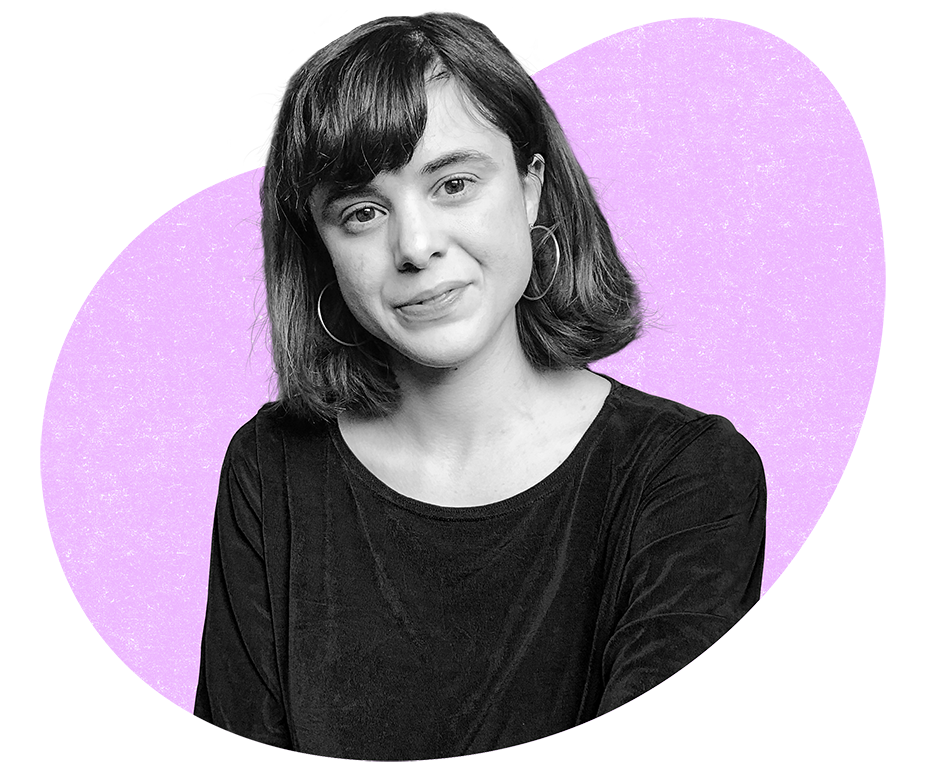How do you describe your counseling style?
I primarily work with individuals and couples who struggle to know what they want or who yearn for a greater sense of ease from depression, anxiety, fatigue, imposter syndrome, or past traumas. I pay special attention to the body in sessions. I've come to trust that attending to breath, muscular holding, and movements can deepen a person's self-awareness and unlock their natural ability to heal.
Have you been in therapy yourself?
Yes! As a therapist, it’s been extremely illuminating to have a felt sense of what it’s like to be “on the couch.” The biggest takeaway from my own therapy has to do with the nature of shame. I’ve learned—personally as well as with clients— that chronic shame emerges when we feel completely alone in the face of unbearable feelings. The paradox of shame is that it can only be healed through relationships. We can’t will ourselves out of it on our own. It’s only when our shadow parts can be fully witnessed and seen by a caring other--whether that’s a therapist or a close friend--that we can find healing and personal transformation.
What are some books you would recommend to your clients when they start therapy?
The Drama of the Gifted Child (1979) – Psychologist Alice Miller explores how many adults—who as children were so emotionally attuned to their caregivers’ unspoken expectations—have learned to block their own desires, playfulness, and sense of self. This books supports individuals to reclaim their disowned wants and needs as adults.
In the Dream House (2019) – Millennial Carmen Maria Machado’s wildly inventive memoir chronicles her experience surviving an abusive queer relationship. Through humor and metaphor, Machado pieces together a kaleidoscope of traumatic experience. She creates novel ways to make sense of her past and moves through the layers of confusion, fear, desire, anger, fragile hope, and disbelief en route to healing.



